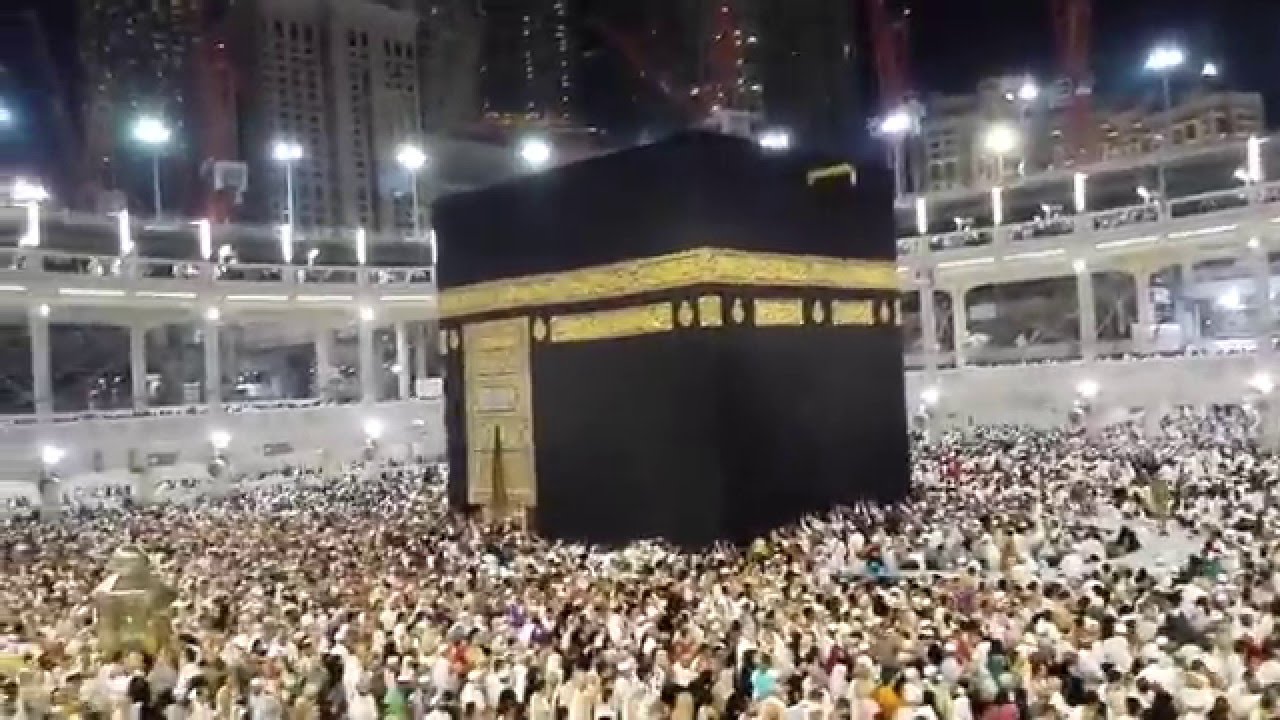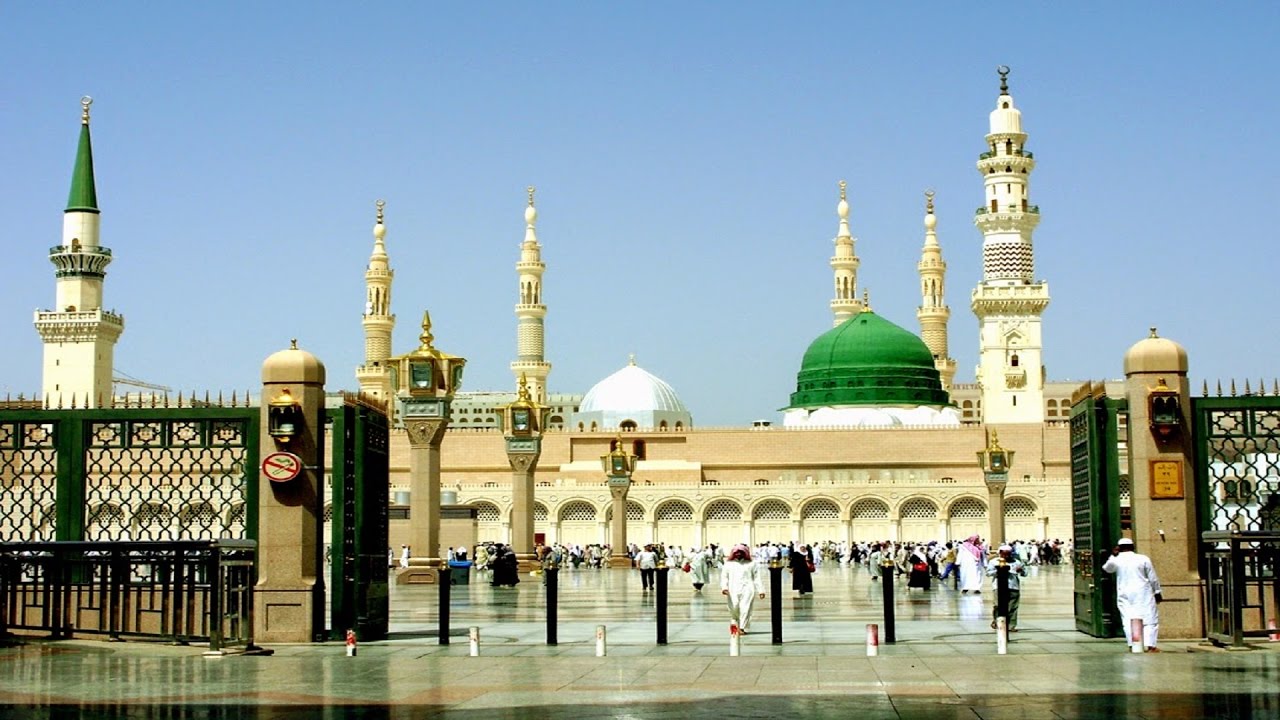Awliya -Urs Build A Mosque
“Bismillahir Rahmannir Raheem”Al-Hamdu Lillaahi Rabbil ‘Aalameen was Salaatu was- Salaamu ‘Alaa Sayidinaa Muhammadin wa Aalihi wa Asabihi Ajma ‘een (tauheed- risalat- ahkirat and islam-iman-ihsan)
URS
TO BUILD A MOSQUE ON THE GRAVE
They said, build over their cave any building. Their lord
knows well about them. Those who prevailed in their affair said, we swear that
we shall erect over them a mosque.(Surah Al-Kahaf-21)
Imam Tabari, Hafidhh-Ibn-Kathir and Imam Qurtabi writes:When the people of the
cave went into the cave, some people said, who were close to the entrance of
the cave, build a mosque so we can worship Allah (THE ALMIGHTY) The people who
said this were Muslims.
[Tafsir Tabari, Tafsir Ibn-Kathir Surah Kahf Verse 21]
Hafidhh Asqalani writes:If a person built a mosque near the graves of pious
people, and that person’s intention is solely for the blessings of Allah
(Almighty.), and at the time of prayer, not to prostrate or face the grave, it
is permissable to build a mosque near the grave of a saint and is not
forbidden. [Fath-ul-Bari, Chapter of Masajid]
the true meaning of the Hadith which points out not to prostrate to the graves.
It does not mean not to build a mosque near the graves.
Imam Tabari and Hafidhh-Ibn-Kathir write, in the 88th year
of Hijra, the room of Aisha [ra] where there are graves of the Prophet Muhammad
[Saws] Abu-Bakr [ra] and Umar [ra] were joined to the mosque of the Prophet
Muhammad [Saws]. (Tareeh Tabari and Tareeh Hafidhh Ibn-Kathir, Chapter of
Government (Valid-Ibn-Abdul-Malik by Imam Tabari and Hafidhh Ibn-Kathir)
At the time of this, some companions and students (Tabeen)
were alive and since then, no one has objected to this, which means it is
allowed to have a mosque near the grave.
The Hadith states, “Rasooullah(saws)has cursed those who build Musjids on graves light lamps.” under the this ayat of Surah Tauba, Allama Ismail Haqqi (ra)writes, “Imam Ghazzali (ra)states in Ihyaa-ul-Uloom that there are many preferable acts in our time which were prohibited in the era of the Sahaaba.”Roohul-Bayaan .For eg-Around the Kaaba(hatim), a circle of lights that brightened even the Haram Sharif.
VISIT THE GRAVE WITH THE INTENTION THAT YOU ARE GOING TO
SEE THE GRAVE
Qadi Shawkani writes that:After the Prophet’s (Saws) death,
Bilal settled in Syria. He had a dream where he saw the Prophet (Saws) and the
Prophet said what kind of friend are you that you do not come and visit my
grave? The next morning, Bilal made a journey to Madina to see the Prophet’s
(Saws) grave. At that time the companions were alive and they did not object to
this. This narration is authentic. [Nal lul Autar chap on Hajj by Qadi
Shawkani].
Allama Shaami (ra)writes, “Visiting
graves shouldn’t be abandoned if impermissible actions take place there (such
as the intermingling of males and females) because even with such impermissible
actions, preferable actions are not omitted. Rather, it is necessary on
the person to visit the graves and prohibit the Bidat. This is supported by
the previous rule that going with the Janaazah should not be aborted though
there may be women wailing and lamenting (nauha) in the procession.” –
Raddul-Muhtaar, Kitaabul-Janaaiz, Discussion on Visiting the Graves .
Prior to the Conquest of Makkah, there were idols in the Kaaba and at Safa and Marwa but Muslims didn’t forsake making Tawaaf because of them. Yes, when Allah(swt)gave them strength, they eventually destroyed the idols.
if unwanted things are happeing near dargah we shouldnot stop going rather we should try stopping unwanted things happening around the dargah .The correct approach is to go there, stop these impermissible acts and try to make people understand the values of Islam.
When I want to talk to allah I say prayers and when I want that he talk to me I recite quran- Hazrath Ali(ra)
Make sure you forward this to others .


